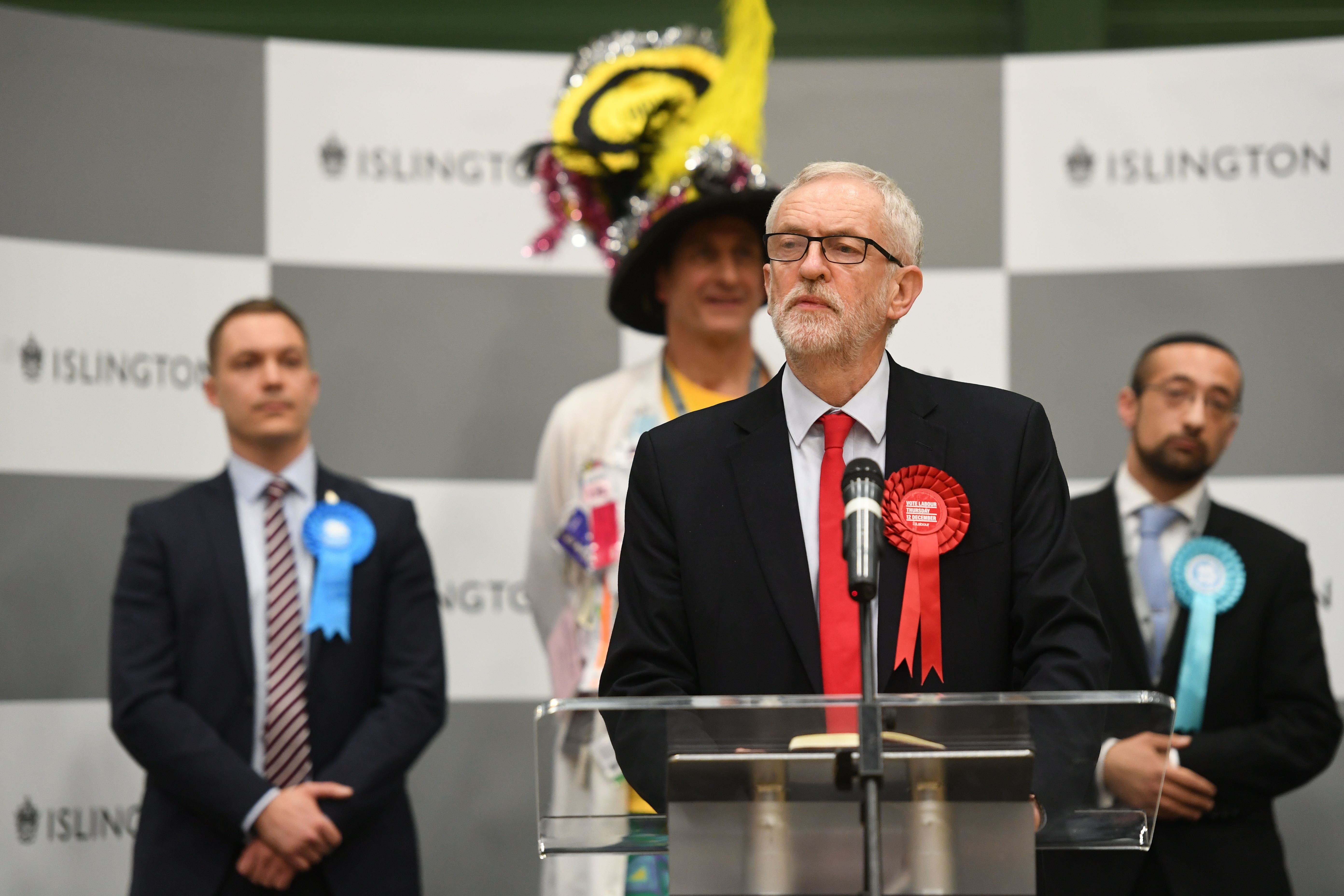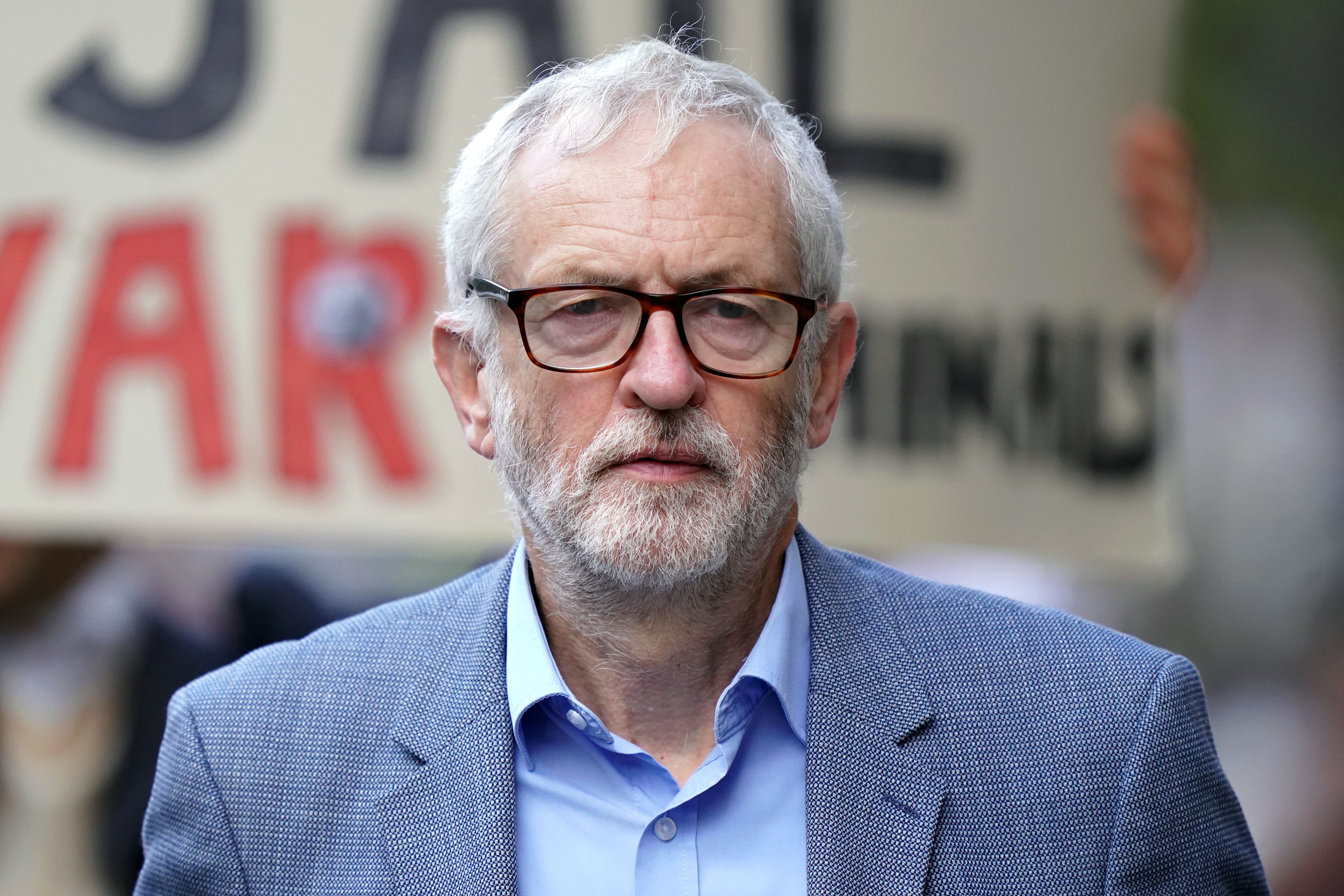Jeremy Corbyn’s 40 years as MP in numbers as he’s blocked from standing for Labour
Keir Starmer has blocked Jeremy Corbyn from running to be a Labour MP at next election

Your support helps us to tell the story
From reproductive rights to climate change to Big Tech, The Independent is on the ground when the story is developing. Whether it's investigating the financials of Elon Musk's pro-Trump PAC or producing our latest documentary, 'The A Word', which shines a light on the American women fighting for reproductive rights, we know how important it is to parse out the facts from the messaging.
At such a critical moment in US history, we need reporters on the ground. Your donation allows us to keep sending journalists to speak to both sides of the story.
The Independent is trusted by Americans across the entire political spectrum. And unlike many other quality news outlets, we choose not to lock Americans out of our reporting and analysis with paywalls. We believe quality journalism should be available to everyone, paid for by those who can afford it.
Your support makes all the difference.Jeremy Corbyn has won the London seat of Islington North for Labour at each of the last 10 general elections, often by a comfortable margin.
At the most recent election in 2019, he won 64% of the vote, with the other parties some way behind on 16% (Liberal Democrats), 10% (Conservative) and 8% (Green).
Mr Corbyn’s share of the vote has fallen below 50% only once, at the 1983 general election, when he first became MP for the constituency.
On this occasion, the other candidates included the previous Labour MP for the seat, Michael O’Halloran, who had recently defected to the newly formed Social Democratic Party (SDP).

Mr O’Halloran then failed to be selected as the SDP’s candidate for Islington North at the 1983 election and instead chose to stand as an independent.
Such a scenario could be paralleled at the next general election, which is likely to take place in 2024.
Mr Corbyn has represented Islington North as an independent since 2020, after being suspended by Labour over his response to the Equality and Human Rights Commission finding Labour under his leadership was responsible for unlawful acts of harassment and discrimination as he struggled to tackle antisemitism.
The equalities watchdog lifted Labour out of two years of special measures last month, in what current party leader Sir Keir Starmer called an “important moment in the history of the Labour Party”.
Sir Keir then said last month that Mr Corbyn would not be selected as the Labour candidate for Islington North at the next election.
This decision was formally approved by Labour’s ruling National Executive Committee on Tuesday.

But should Mr Corbyn decide to stand in the seat as an independent, it means the former Labour MP would go head-to-head with a new Labour candidate – mirroring the 1983 contest.
The unusual circumstances of that election saw Mr Corbyn become Labour MP for Islington North with just 40% of the vote – below the combined total for the Conservative (25%) and SDP (22%), while Mr O’Halloran won 11%.
Since 1983, the party in second place in the constituency has been either the Conservatives (1987-1992 and 2015-17) or the Liberal Democrats (1997-2010 and 2019).
Mr Corbyn secured his highest-ever share of the vote in the seat at the 2017 general election, winning 73%.
Although the Lib Dems came second in 2019, the party was almost 50 percentage points behind Labour, winning 16% of the vote compared with Mr Corbyn’s 64%.
At present Islington North can not be considered a marginal seat, but the addition of an independent candidate at the next election, in the guise of its former MP, could make the contest far more competitive.
There is the potential for Labour’s vote to drop, with some former supporters voting for Mr Corbyn instead of the new Labour candidate, or voting for another party, or even not voting at all.
To date, there have been no opinion polls carried out in the constituency to see how people might vote in a contest in which Mr Corbyn stood as an independent.


